AudioCulture
The noisy library of New Zealand music
Te pātaka korihi o ngā puoro o Aotearoa
Beat Rhythm Fashion
The Birch brothers Dan (bass, vocals) and Nino (guitar, vocals) were constants in the trio, which had tracks on Wellington’s two early 1980s scene-defining compilations – the curiously titled **** (AKA Four Stars) and Wellingtonzone.
Three airy, rhythm-light Cure-ish strummers, ‘Beings Rest Finally’, ‘Turn Of The Century’ and ‘No Great Oaks’, followed. Sheathed in stylish red and black themed picture sleeves, the first two singles arrived on new Wellington indie Bunk Records with the third issued by Epic Records in late 1981, after Bunk had folded.
The dreamy, trance-like songs touched the time and gathered a strong local myth.
The dreamy, trance-like songs touched the time and gathered a strong local myth, while the Birch brothers slipped away first to Australia’s east coast, then into indistinct memory, until Failsafe Records' 2007 compendium of studio and live BRF recordings brought them back into the light.
None In The Universe
Having emigrated from Hong Kong in the mid-1970s with their parents and third brother Jono, Dan and Nino Birch found Wellington to be a grey and conservative place.
“Hong Kong was a brilliant place to grow up. The musical influences were definitely English, although I had a number of American friends. It was an international community there, so we were hooked into a global consciousness, which was quite dissimilar to the communities we landed in in New Zealand. It was quite civilised,” Nino Birch told Graeme Hill on Radio Live after the release of BRF’s Bring Real Freedom compilation in 2007.
“I ended up at Wellington College and it was a Victorian school where you wore grey shorts and had to have your hair cut short. It felt like I’d landed in the dark ages. I had to relearn my survival skills.”
Birch had been encouraged to play guitar in Hong Kong, a creative outlet he pursued in New Zealand’s capital with his older brother.
“Dan and I always played music together. Right from when I was about eleven or twelve, he taught me how to play the guitar. He was my creative hero, and still is in many ways. Dan in my view is a musical genius and remains a brilliant songwriter and when we play together we create this whole.”
Wellington saw them first as The Westown Quintet, one of the many fresh groups showcased at Rockfest over Queen’s Birthday weekend in 1980 at the new Vivian Street venue, Billy d’Club (ex-Rock Theatre).
At year’s end as Beat Rhythm Fashion, the Birch brothers contributed two songs, with Dan also playing drums, to the **** (Four Stars) compilation on Sausage Records. Alongside Naked Spots Dance, L.I.F.E and The Wallsockets, BRF shone with ‘Not Necessary’, which showed they had the songs if not yet the sound. The Wellington post-punk sampler quickly sold out its 250-copy run.
In Touch
Musician and filmmaker Chris Knox, who’d been a frequent visitor to the capital with Toy Love, captured the new Wellington scene (including Dan and Nino Birch) at its peak in late 1980 in a cinéma vérité documentary that played on TVNZ in January 1981.
The city already had an early identifiable pedigree in adventurous post-punk sounds.
The city already had an early identifiable pedigree in adventurous post-punk sounds through Smashed Executive, (Johnny Mono and) The Steroids, The Spies and The Normals, all of whom recorded. Wellington had been a regular stop for touring groups including Toy Love, The Plague, The Gordons and The Features. Their support groups were often drawn from the city’s robust city’s post-punk scene of The Wallsockets, Naked Spots Dance, L.I.F.E, Condemned Sector and Shoes This High.
In the early 1980s, Wellington venues actively supported new and touring groups at Billy d’club (the renamed Rock Theatre), The Last Resort, Thistle Hall, open air Cuba Mall Sundays, The Terminus, Cosgroves and Clyde Quay Tavern.
Local happenings were reflected, explained and examined in Wellington’s independent music media magazine, In Touch, an essential read in 1980 and 1981. RipItUp had its finger on the capital’s indie pulse as well. The Dominion, Sunday Times and the short-lived New Zealand Rolling Stone provided further Wellington coverage, mostly from In Touch’s Gary Steel.
Those same publications advertised and reviewed the many and diverse overseas albums and singles that were available in New Zealand shops on local release and import. Which is where the Birch brothers would have heard influences such as Gang of Four, Joy Division, The Mekons, Magazine and The Cure.
Wellington might not have been a thriving metropolis like London or New York, but it was no treeless plain either. International acts played the harbour city. Talking Heads performed at Wellington Town Hall, promoting Fear Of Music, in June 1979. The Cure were at the same venue on August 3, 1980 and again on July 4, 1981. XTC were at the Winter Show Buildings on September 14, 1980 and Echo and The Bunnymen played Wellington Town Hall on November 5, 1981. The Fall confronted Victoria University on August 19, 1982.
Wellingtonzone
In early 1981, The Steroids’ Alan Jimson had an idea to gather a selection of the city’s key new groups onto one big bill at Wellington Town Hall’s concert chamber. The multi-group show, called Wellingtonzone, presented The Steroids, Naked Spots Dance, The Digits, Beat Rhythm Fashion and The Mockers on April 3, 1981, and proved a huge success. Five hundred fans attended, with others turned away.
“In hindsight, it was the last wild fling of a riotous summer. A fractious potpourri of moderne chic-ists, the punk rump, angry young men (with one featuring prominently), drunks, junkies, starving artists and clean-cut suburban kids milled around the hall,” Les Crew wrote in RipItUp.
“Some were there for the music, some for the scene and some out of curiosity. The live recording that later turned into the Wellingtonzone LP was accidental. It happened when two mics originally were hung over the rafters.”
Wellingtonzone was so successful that there was talk of a tour and a second Wellington Town Hall show. Wellingtonzone2 was arranged and staged on July 24, 1981, but was aborted by police after the arriving constabulary were greeted by pig heads, displayed in the foyer by The Digits.
As a record of the concert, Wellingtonzone made for a rough and revealing peek into the city’s indie scene.
As a record of the concert, Wellingtonzone made for a rough and revealing peek into the city’s indie scene. Released through Bunk on July 13, 1981, the live collection featured ‘Art And Duty’, ‘Song Of The Hairless Apes’, and ‘No Great Oaks’ from Beat Rhythm Fashion, who were playing their first live show.
Bring Real Freedom
July was a busy and eventful month for the new trio. They’d already recorded the first of a trilogy of singles for Bunk Records with Chris Cullinane at Marmalade Studios. ‘Beings Rest Finally’ backed with ‘Bring Reel Freedom’ slipped briefly into the pop charts that month.
“On one level ‘Beings Rest Finally’ is about Rhys Bassett (a Wellington punk who took his own life), but it’s about the death of millions. It’s not a sad song musically. It’s meant to be a happy sort of lullaby. We wanted something like that Lou Reed song where a guy jumps out of a window and it’s not sad or terrible, but a quite wonderful purifying thing,” Dan Birch said in a BRF Encounter with In Touch.
“The only song we deliberately used a Cure sound on was ‘Beings Rest Finally’,” Dan Birch told New Zealand Rolling Stone in late 1981. “We used a Cure guitar. I think it’s legitimate to take an area that a band is into and try and work on that area, because that’s the whole nature of the music scene.
“Modern music will develop through that sort of interaction. Especially when The Cure had left that area and weren’t exploring it anymore. We just took a Three Imaginary Boys thing and started working on that.
“There is a pool of consciousness in music. Inspiration in music comes from there. I don’t think you can compose in isolation. We never steal melodies like other bands do. Now that’s unforgivable.”
Which is part of what set BRF apart. They thought things through and took care in presenting their sound and image. Brashly amateur, BRF were not.
They thought things through and took care in presenting their sound and image. Brashly amateur, BRF were not.
“We did a gig called Not The Royal Wedding at Rock Theatre in Wellington (in late July 1981). We got up onstage and there were all these boot boys yelling get off the stage you’re too pretty. I don’t really think our music was at all pretty although we did go to great effort live and in the studio to get a good sound,” Nino Birch remembered in 2007.
“We ran a big rig. I ran my guitar in stereo chorus. My brother had a really good bass rig. We spent a lot of time on drum sound and getting a really full sound, even if the club was small.”
BRF drummer Glen Stewart, who put the beat behind the six songs that make up the group’s trilogy of singles, departed in July 1981.
Turn of the Century
In October 1981, BRF’s masterpiece ‘Turn Of the Century’ backed with ‘Song Of The Hairless Apes’ was released. The first thing to hit the eye was the black and red logo based artwork, conceived by third Birch brother Jono.
“They were the anarchy colours – red and black – and he was looking for something that carried that sort of stark ominous atmosphere, but also denoted the band. We really loved it and its simplicity. It was a serious look and we were a serious band,” Nino Birch said.
The quality of the sleeve is surpassed only by the music within. ‘Turn Of The Century’ is a miasmic blend of drifting guitar textures and prophetic utterance. The spacious art rock experimentation of the flipside, ‘Song Of The Hairless Apes’, has the same very English post-punk guitar, done Wellington-weird.
“Song Of The Hairless Apes’? We wrote that one the day John Lennon was killed. We were rehearsing at the Terrace when we found out and became pretty angry and came up with that, which was a jam at first and Dan just started screaming the lyrics into the mic,” Nino Birch recalled.
With the wider listening public’s interest piqued by the colourful and appropriate video for ‘Turn Of The Century’ and Wellington’s venues closing down, BRF headed to Auckland for headline shows at Mainstreet in central Auckland on October 22, 23 & 24.
There was one final single, in December 1981. The studio recorded ‘Art And Duty’, based on a Coleridge poem (“so fears can lead to joyful tears”), backed with ‘No Great Oaks’ by Dan Birch, about growing up in south Asia.
Art and Duty
With three strong singles out ... Beat Rhythm Fashion went in search of a wider audience.
With three strong singles out, all supported by videos and with good word-of-mouth buzz, Beat Rhythm Fashion went in search of a wider audience. New Zealand’s most English city, Christchurch, provided a willing audience for BRF when they headlined three dates at The Gladstone in late January 1982 with Drowning Is Easy and Mainly Spaniards.
In late April, the Wellington trio was back in Auckland for multiple concerts at the Rumba Bar and Reverb Room with new drummer Caroline Easther before staying on into May for return shows with The Spines.
Suburban Taita, north of Wellington, was the spot for late May concerts (with Tauranga’s Rome in support), followed by June and July afternoon shows at the newly opened Clyde Quay Tavern on the Wellington Harbour edge.
It was Christchurch that provided BRF with the most work. The Wellington trio opened June at The Gladstone before returning later in the month for an extensive series of concerts at The Gladstone and PJ’s that ran through into July.
Then it was south to Dunedin for three nights at The Captain Cook before rebounding to Christchurch for yet another run at The Gladstone.
Beings Rest Finally
With no new records out, BRF began a slow drift to dissolution. They played showpiece performances at Wellington’s Majestic Cabaret on August 28, 1982, weekends at new venue Cosgroves in September and early November, and a final farewell at Wellington Town Hall’s concert chamber with The Spines on November 8, 1982, bringing BRF full circle.
All three singles have become very highly regarded in recent years.
They hadn’t been able to find the right drummer after Caroline Easther left, prompting Nino Birch’s shift to Australia. “The wind came out of the sails. Dan and I had a few disagreements, playing with your brother isn’t always easy. Unfortunately, he’s a perfectionist, Dan. Unless he was really getting the sound or getting across what he wanted to do, he would lose heart and that’s what happened with BRF and it’s also what happened with our later efforts here in Australia.”
All three singles have become very highly regarded in recent years, with the Bunk singles in particular fetching steadily increasing prices at auction in the 2000s.
A collection of Beat Rhythm Fashion studio recordings with nine live tracks can be found on the Failsafe Records 2007 compilation Bring Real Freedom.
Dan Birch died on the night of 26/27 September 2011, with Nino Birch saying on Facebook he passed away "sometime through the night on his couch peacefully and disinterested in his worldly existence".
In 2012, the Bring Real Freedom compilation was released in Japan.
In 2018, Nino Birch and Caroline Easther reformed Beat Rhythm Fashion, collaborating with Failsafe Records' Rob Mayes to create a new album Tenterhook, released on 11 February 2019.
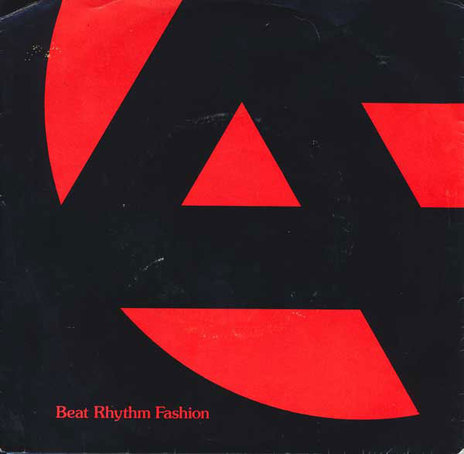
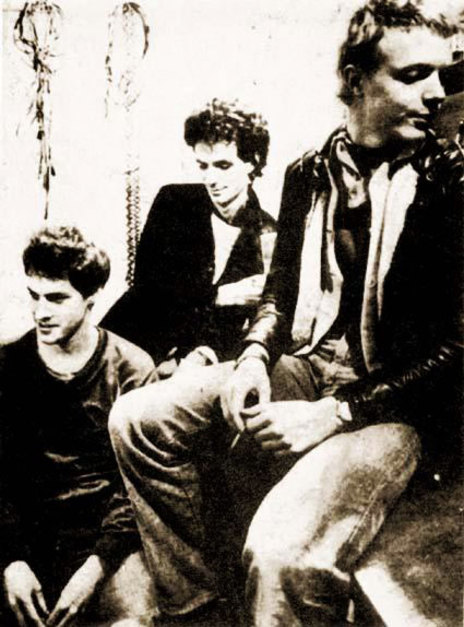
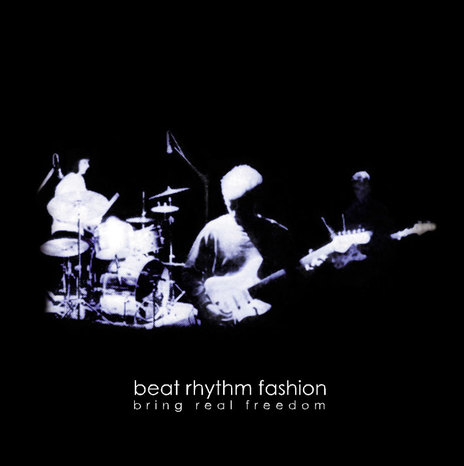
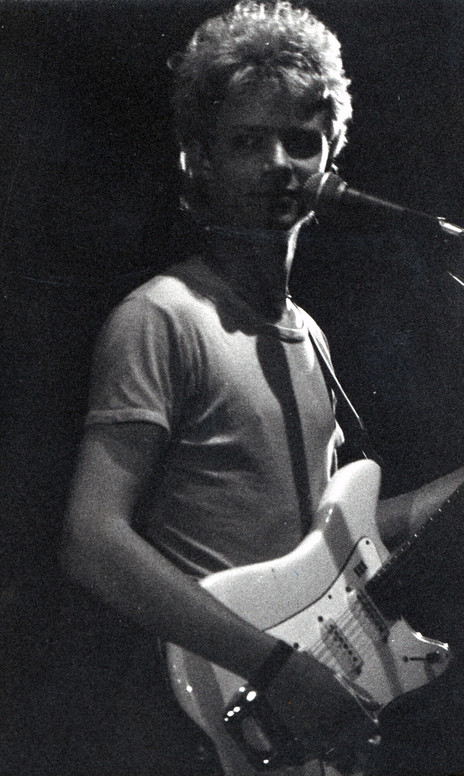
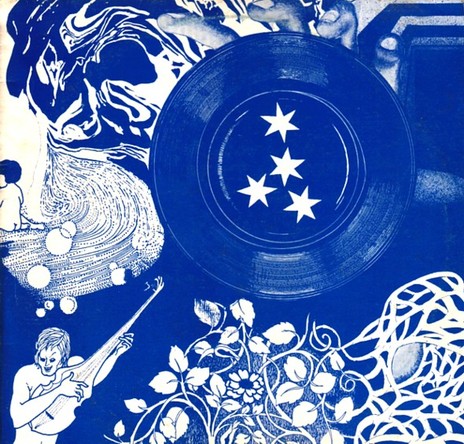
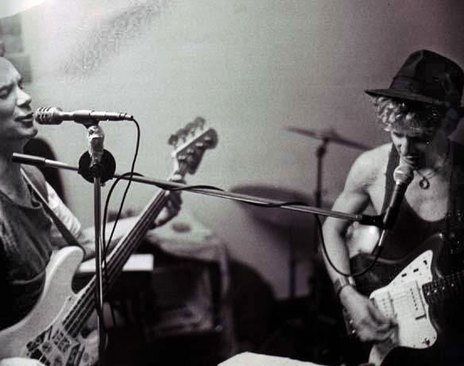
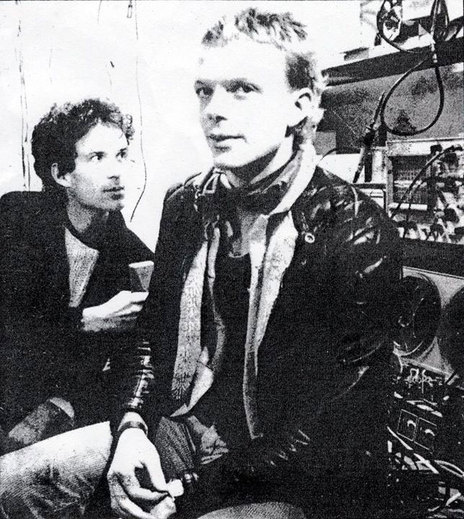
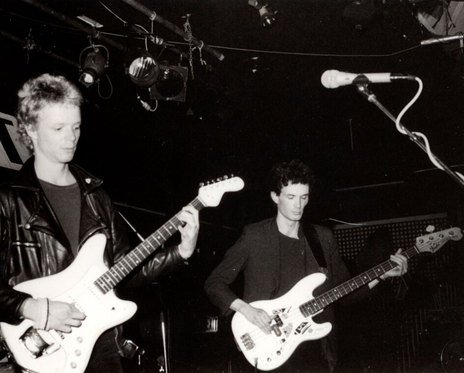
Nino Birch - guitar, vocals
Dan Birch - bass, vocals
Glen Stewart - drums
Peter Kaio - drums
Rob Mayes - bass
BRF appear as commentators and performers in Chris Knox’s Terrace scene documentary from late 1980.
Beat Rhythm Fashion grew out of The Mixers and Westown Quintet.
Visit our sister site
NZ On ScreenMade with funding from
NZ On Air